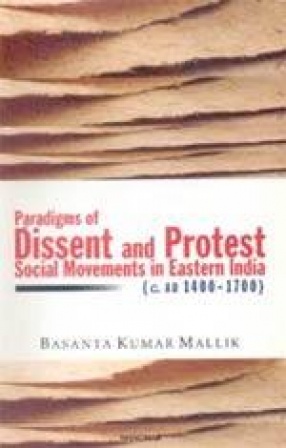This book focuses on the historical perspectives of state formation in Orissa from sixth century to sixteenth century AD and on the process of how tribals were integrated and their indigenous culture was assimilated into the Sanskritic mainstream life. The cultural deprivation of the larger common people initiated widespread dissents and protests. The leadership of this movement was taken up by a team of Sudramunis of the pre-Colonial Orissa. The composition of epics like the Mahabharata, the Jagamohan Ramayana, the Harivamsa and other devotional poems in colloquial Oriya by the Sudramunis was indeed, an intellectual challenge against the orthodoxy and literary hegemony of the established order which has been vividly analysed in this book. ‘Knowledge can not be monopolized by a particular section of society nor it can be expressed in a particular language’ was the lofty message of these Sudramunis. The study of the regional cultural interaction between Orissa, Bengal and Assam has been well defined emphasizing the spread of egalitarian outlook through the Samkirtan movement of Sri Chaitanya. The period AD 1400-1700 in the history of eastern India has proved to be very important that it witnessed an emerging trend not only of the protest against social cleavages but also an endeavour to the assimilatory compromise with a changing direction of the order for social cohesion.
Paradigms of Dissent and Protest: Social Movements in Eastern India (C. AD 1400–1700)
In stock
Free & Quick Delivery Worldwide
reviews
Bibliographic information
Title
Paradigms of Dissent and Protest: Social Movements in Eastern India (C. AD 1400–1700)
Author
Edition
1st ed.
Publisher
ISBN
8173045224
Length
229p., Figures; Maps; Notes; Appendices; Glossary; Bibliography; Index; 23cm.
Subjects



There are no reviews yet.